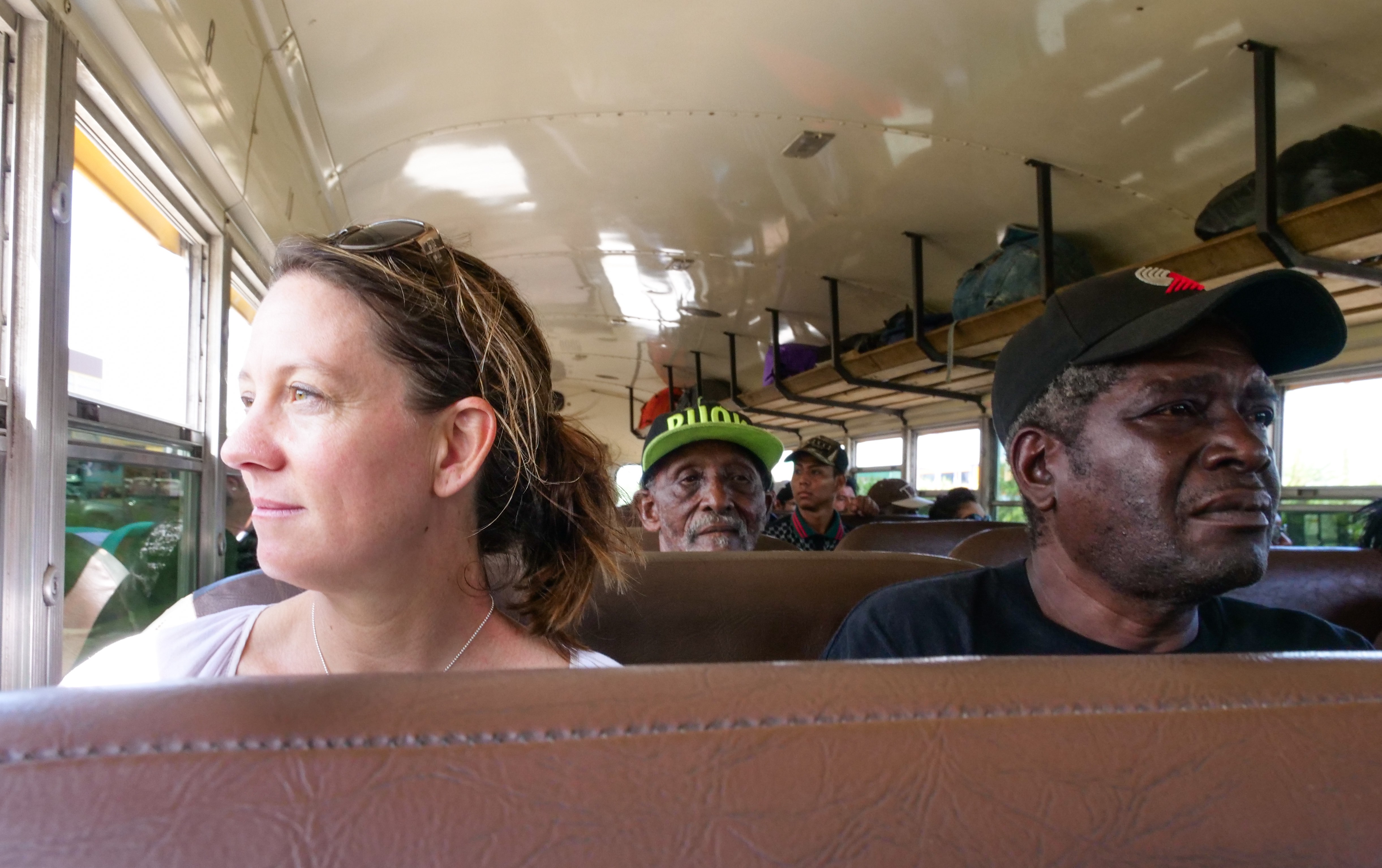Tracing Lobster in Belize: A Q&A with The Nature Conservancy
For more background on this coop’s journey to sustainability, please visit: youtube.com/watch?v=4FoxQom2WFQ
For more details on the traceability work in Belize, you can read more here: resilientcentralamerica.org/en/transitioning-to-traceability/
Music credit: Royalty Free music by Bensound.com, “Acoustic Breeze” and “Once Again”
SALT realizes the traceability stories we often hear come from those who have time and resources to share them. The stories that remain untold are frequently from the people on the ground, such as fishers and processors. It’s rare they share the pros and cons of their traceability project, but do they also want to call out what didn’t work? However, the entire picture is exactly what SALT wants to highlight–so others can learn the dos and don’ts of implementing traceability. SALT aims to bridge that gap. By going directly to those unable to share their traceability views, we’ll capture and share their valuable insights.
Because SALT intends to bring stories about traceability to the rest of the world, it means our connection to a project, in reality, needs to go above and beyond, “Would you like to visit our traceability project?” The seafood community wants useful information, and the effort to amass it requires more than a simple drop-in visit. Capturing the various perspectives, social habits influencing the acceptance of new technology, and political intricacies of why a traceability pilot may or may not catch on is decidedly complex.

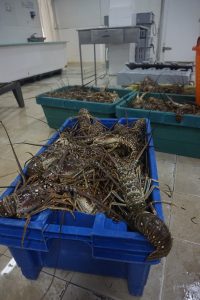
An artisanal lobster fishery in Belize had recently integrated new traceability technology. It presented a great opportunity to interview the elements of this collaboration: technologists, fishers, processors, NGOs, and government. To document how those “cogs were turning,” SALT Project Directors Amy West and Traci Linder traveled to Belize in July 2019. Sitting down with those involved in the operation ended up being a fantastic exercise in not only gleaning essential details about a pioneering project in the region, but also in grasping why insightful stories from pilot projects are uncommon.
It takes an enormous amount of time to travel, gather and connect stories, then craft them into a format that will capture people’s attention. More importantly, relaying the actualities of what’s happening in a traceability pilot can require some tight-rope walking. For instance, if we witness traceability challenges in a government or company, highlighting those difficulties must be balanced between bringing real-world lessons to the rest of the globe, while being mindful of frictions that may arise by doing so. SALT can’t be a beneficial guide if we can’t expose the truth. But where does helpful information cause harm to these efforts?
Interviewing fishers, government officials, international and local NGOs, and members of fishing coops in Belize took a tremendous amount of coordination from our host, The Nature Conservancy. They had already built relationships and trust within those groups, so we were reliant on them to bridge connections, rather than us coming in cold.
Timing was crucial. To accommodate the schedules of The Nature Conservancy staff, government officials, and the local lobster fishery, SALT staff needed to be flexible. Lobster season had kicked off just two weeks before our arrival, which also meant busy fisherman and plant staff. Interviewing those at the plant meant donning gear and shadowing people AS they were working. Without quiet or uninterrupted spaces to interview, audio capture was challenging. Video even more so. What happens when a camera lens drops on the processing plant floor? Or audio didn’t record, or video turned out unfocused? Balancing our need for information with their need to do their job required mindfulness and patience.
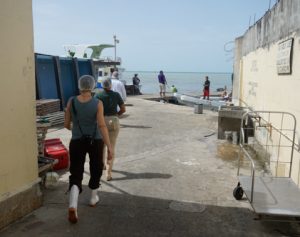
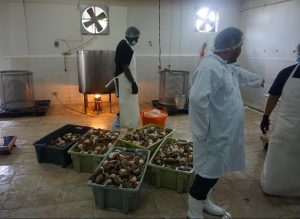
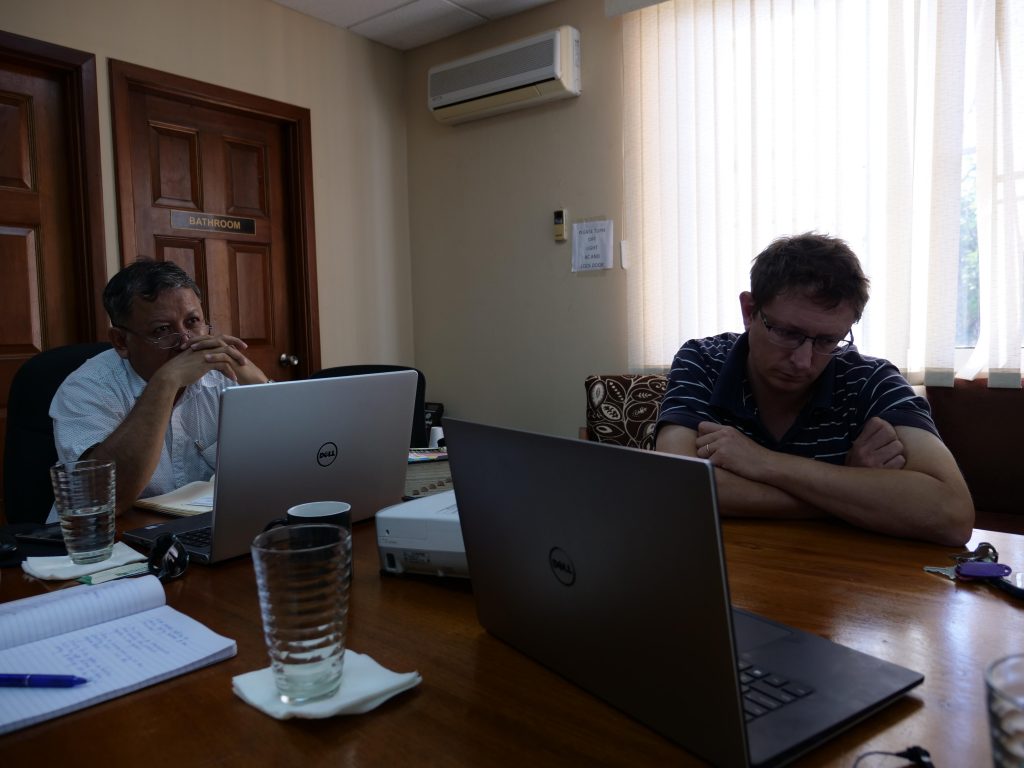
Overall, the visit was fruitful for SALT. It gave us the time to dig deeper, confirm facts, and even illuminate issues for the project’s collaborators. The openness we received in our interviews was essential. We found without back-door conversations or an extended view of the project, we would have missed some salient points. We were also fortunate that, for the most part, translation was not required to comprehend the conversations. Other sites visits will likely require it.

With staff and project limits, SALT must weigh many factors when choosing sites to visit. Projects are at different stages and may involve dissimilar groups and geographies. Though we have prioritized certain audiences (government and those working seafood-producing countries), we also want to include the disenfranchised. Overall, in our mission to tell unique stories from around the world, the projects we visit need to be replicable and, in some cases, comparable to help others learn.
Finally, you can have the best-laid plans for setting out on these types of learning experiences, but will invariably walk away learning what could work better next time. We can’t emphasize enough how central the trusted, local champions are to you. Every project, country, and access to people will vary. Certainly food for thought for our next site excursion, and for those who intend to relay stories about traceability projects.
